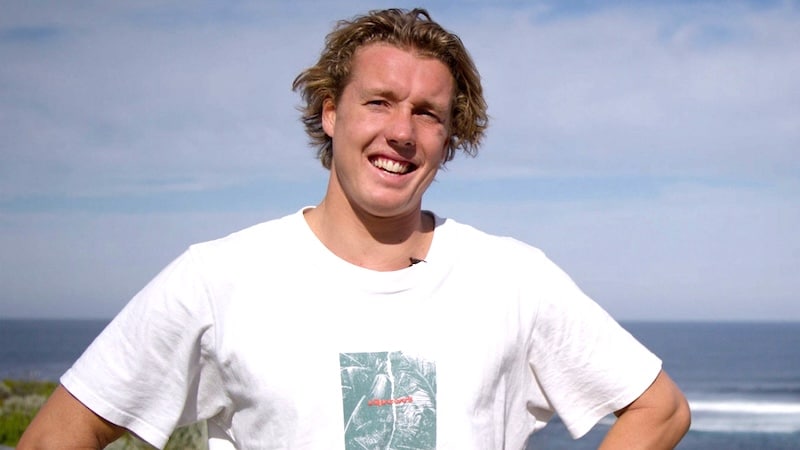
Jacob Willcox, a prominent figure in the surfing world, recently expressed his dissatisfaction with the conditions of the World Surf League’s (WSL) Challenger Series. His remarks, filled with colorful language, have sparked discussions about the fairness and challenges faced by surfers in this competitive arena.
Willcox’s frustration was evident as he compared the waves at Huntington Beach, California, to those at Teahupo’o, Tahiti, known for their formidable surf. “Teahupo’o was firing, and I’m at Huntington surfing these one-foot expletive deleted waves,” he lamented. Despite acknowledging Huntington’s iconic status, Willcox’s comments highlight the stark contrast in conditions that surfers face on the Challenger Series.
The Challenger Series: A Grueling Path
The Challenger Series serves as a stepping stone for surfers aspiring to join the elite ranks of the Championship Tour. While the Championship Tour features some of the world’s best surfers performing in renowned locations like Hawaii and Tahiti, the Challenger Series often places competitors in less favorable conditions. This disparity has been a point of contention among surfers.
According to a profile by The Guardian, the series is notorious for its demanding nature. Surfers like Sophie McCulloch and Jacob Willcox have voiced concerns about the unpredictable and sometimes unfair conditions they encounter. Willcox candidly described the experience, stating, “It can be brutal. You can go there, the waves can be absolutely dogshit, and you might not get a chance.”
Economic Impact and Environmental Concerns
Beyond the immediate challenges of the Challenger Series, the surfing community is grappling with broader issues such as climate change and its impact on surf conditions. The National Oceanic and Atmospheric Administration (NOAA) reports that sea levels are rising at approximately 2.5mm per year, with significant implications for coastal areas.
By 2050, the California coast could see an increase of 24cm in sea level, affecting surf conditions and local economies.
The Save the Waves Coalition recently released a study highlighting the economic significance of surfing in Santa Cruz, California. The report, completed in partnership with Black Surf Santa Cruz and funded by the California state agency Ocean Protection Council, revealed that surfing contributes $194 million annually to the local economy.
Shaun Burns, a coordinator for the coalition, emphasized the importance of preserving surf breaks. “People come here, they spend their money at restaurants, coffee shops. There’s the boardwalk, there’s many places that utilize the ocean and how beautiful the coastline is here,” he explained. The study underscores the potential economic losses if surf conditions deteriorate due to rising sea levels.
Innovative Solutions and Policy Changes
In response to these challenges, some communities are exploring innovative solutions to preserve surf conditions. In Pacifica, California, activists and engineers are advocating for an artificial reef to combat sand loss and enhance surf conditions. This initiative aims to protect coastal infrastructure while boosting local economies through increased surf tourism.
Meanwhile, legislative efforts are underway to prioritize the conservation of surf break ecosystems. Last year’s AB 452 bill in California aimed to allow local governments to identify and protect these areas for their recreational and economic value. Burns hopes to build on this momentum by advocating for more surf reserves statewide.
Despite these efforts, experts like UC Santa Cruz professor Gary Griggs caution against complacency. “We have to acknowledge that the climate is changing,” Griggs stated. He emphasized the need for managed retreat and proactive measures to address rising sea levels and their impact on coastal communities.
Looking Ahead: The Future of Surfing
As the surfing community navigates these challenges, there is a growing recognition of the need for sustainable practices and policies. The Save the Waves study provides a valuable tool for policymakers, offering concrete data on the economic value of surf breaks and the potential consequences of inaction.
Jacob Willcox’s candid remarks serve as a reminder of the passion and dedication that drive surfers to pursue their craft, even in less-than-ideal conditions. As the world grapples with environmental changes, the surfing community remains committed to preserving the waves that define their sport and culture.





